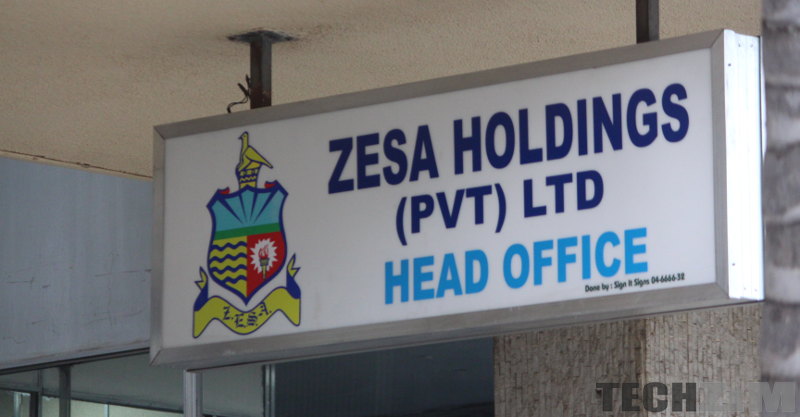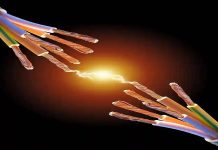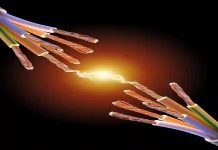ZESA Holdings says the new tariff regime seeks to reward consumers who save power, punish reckless users, while making sure that the power utility recovers costs incurred in generating electricity.
In an exclusive interview with ZBC News, ZESA Public Relations Manager, Mr Fullard Gwasira, explained that they have introduced three different tariffs for domestic users.
The first 50 units cost 41 cents each, the next 150 units are pegged at 91 cents each, while anything above 200 units will cost $3.97 per unit.
The tariff structure is based on the fact that over 90% of households in Zimbabwe use not more than 200 units per month.
“All in all a household may not spend over two hundred dollars in electricity bill if they are responsible and apply power saving techniques because the charges for a lifeline tariff is very low that is from 1 to 50 units at 31 cents. The next 150 units are charged at 91 cents per unit meaning that it is136 dollars in total. So for households that use less than 200 units per month they are not affected much,” noted Gwasira.
Gwasira, however, stated that several families living under one roof using one meter might see their bills shooting over the roof as they will buy most of their electricity at $3.87 per unit after breaking the 200 unit mark.
“Where there are families living under one roof this is where they are punished because they will use a combined number of units more than 200 units which spill over into the tariff band of $3.87 per unit so this means that they will buy most of their electricity at 3.87, almost 8 times more than the first 200 units” said Gwasira.
The new tariff regime has also rendered hoarding of electricity expensive.
“If you buy more units for the future you will buy them at $3.87 per unit which will obviously dissuade electricity hoarding,” he added.
However, there are exemptions for different customers
“We have room to differ these tariffs that is for domestic users if they are too exorbitant for example orphanage homes, farmers. These obviously use more power and purchase power using the third band of $3.97 cents”
The ZESA spokesperson highlighted that the new tariff regime only applies to domestic users as industry is helping to keep the country’s lights on by paying in foreign currency.
It is anticipated that in the short to medium term, load shedding will be a thing of the past as a result of the new tariff regime.






